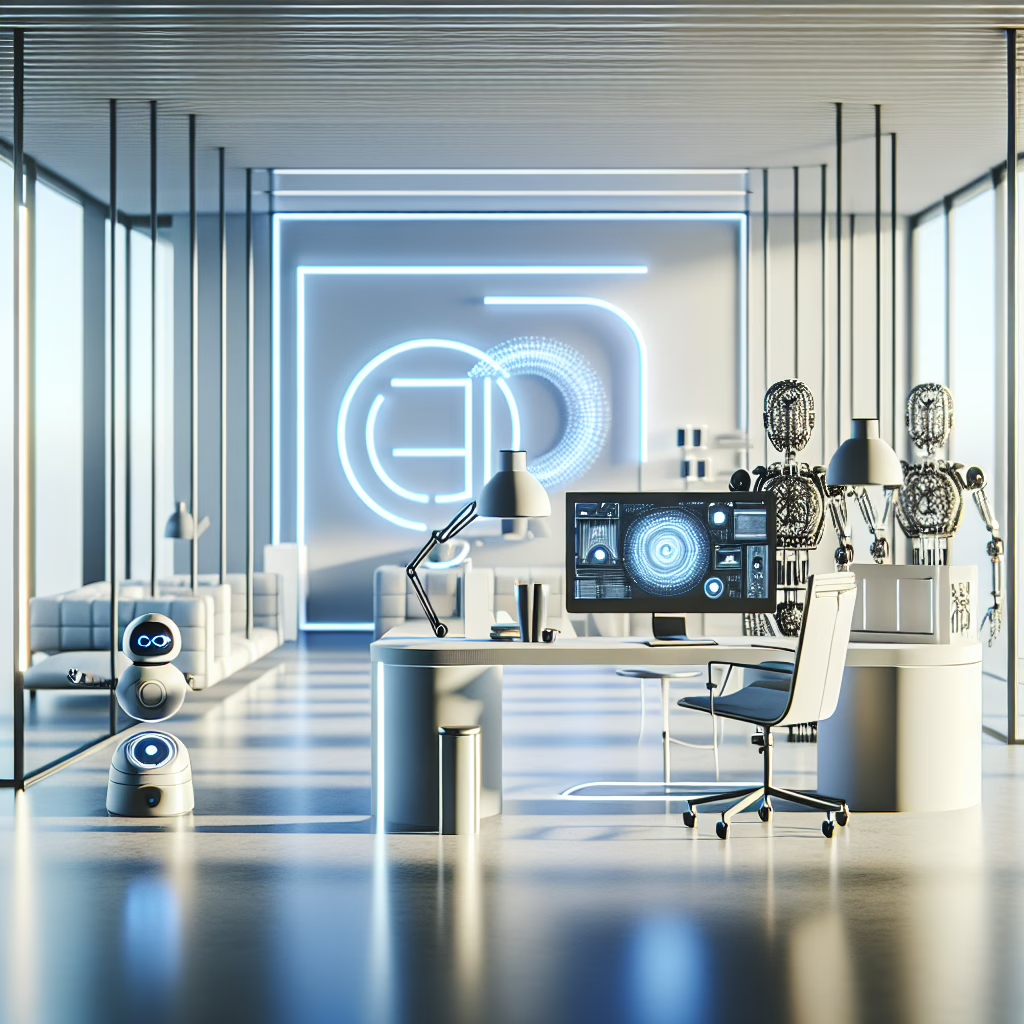In the dazzling world of technology, where innovation often feels like a game of catch-up, the news of Jony Ive teaming up with OpenAI has sent ripples of excitement through the industry. Why, you ask? Well, this iconic designer is known for his transformative work at Apple, where he shaped products that are as beautiful as they are functional. Now, he’s stepping into the realm of artificial intelligence, promising to create hardware that not only looks good but also thinks smart!
Reimagining Hardware: The Jony Ive Touch
When it comes to design, Jony Ive is a bit like a wizard who can transform everyday objects into pieces of art. His approach marries aesthetics with usability—think sleek iPhones and elegant MacBooks. This collaboration with OpenAI hints at an exciting future where our interactions with technology might become more intuitive and delightful.
Imagine devices that don’t just respond to commands but anticipate your needs, almost like having a personal assistant who also happens to be an art critic! That’s the vision behind this partnership. As AI becomes more integrated into our daily lives, the importance of thoughtful design cannot be overstated. We need hardware that can seamlessly blend into our environments without screaming “look at me!” every time it powers on.
The Marriage of Form and Functionality
The beauty of combining hardware design with AI lies in the potential for creating user experiences that feel natural. Jony Ive understands that great design should be invisible; it should enhance our lives without demanding attention. With AI’s ability to learn from user behavior, imagine a world where your devices not only serve your needs but also evolve alongside you.
This collaboration could lead us to hardware that learns your preferences over time—your coffee machine might start brewing just before you roll out of bed! Or perhaps your desk lamp will adjust its brightness based on your mood, all while looking stunningly minimalist.
A Glimpse into the Future of AI Hardware Design
As we step into 2025, the landscape of technology continues to shift dramatically. The integration of AI into hardware is no longer a distant dream; it’s happening right now! With Jony Ive’s flair for simplicity and OpenAI’s cutting-edge technology, we can expect products that not only function exceptionally well but also add a touch of elegance to our lives.
- Smart home devices that adapt to your routines.
- Wearable tech that monitors health without compromising style.
- Intelligent appliances that preemptively assist with daily chores.
The potential applications are vast. From smart home devices that understand when you’re coming home (and adjust the thermostat accordingly) to wearable tech that tracks health metrics while looking like high fashion, the future is bright—possibly even blindingly shiny! The challenge lies in ensuring that as we innovate, we remain mindful of how these products affect our daily lives.
Navigating Design Challenges in AI Integration
Of course, designing hardware for AI isn’t all rainbows and butterflies. There are significant challenges ahead. For one, developers must consider privacy concerns: how much should our devices know about us? Striking the right balance between personalization and privacy will be crucial in winning over consumers who are increasingly wary of data usage.
Moreover, as we integrate more AI capabilities into our devices, ensuring reliability and user-friendliness becomes paramount. Jony Ive’s experience at Apple suggests he understands these nuances well. His work has always focused on creating products that are not only functional but also delightful to use—a principle that will be vital in this new venture.
The Exciting Road Ahead
The partnership between Jony Ive and OpenAI represents an exciting chapter in tech history. As we watch this collaboration unfold, we can only imagine the incredible innovations waiting just around the corner. Perhaps one day soon, we’ll have gadgets so smart they could practically take over household chores—fingers crossed!
In conclusion, as we continue to embrace the future of technology, let’s remember: good design isn’t just about how things look; it’s about how they work for us. So here’s to hoping Jony Ive brings his magic touch to AI hardware design! What do you think? Are you excited about these innovations or do you have concerns? Share your thoughts below!
For more on the intersection of design and AI, check out our article on Jony Ive’s join with OpenAI. Additionally, explore how AI voice tech impacts creatives in our piece on AI voice cloning.
As we lean into the future, don’t miss how Jack Dorsey’s AI agent aims to enhance productivity, or the free Google AI feature now available on iPhones.
Stay tuned as we navigate this innovative landscape and its implications for technology. Find out more about the AI pricing strategy at Adobe.

